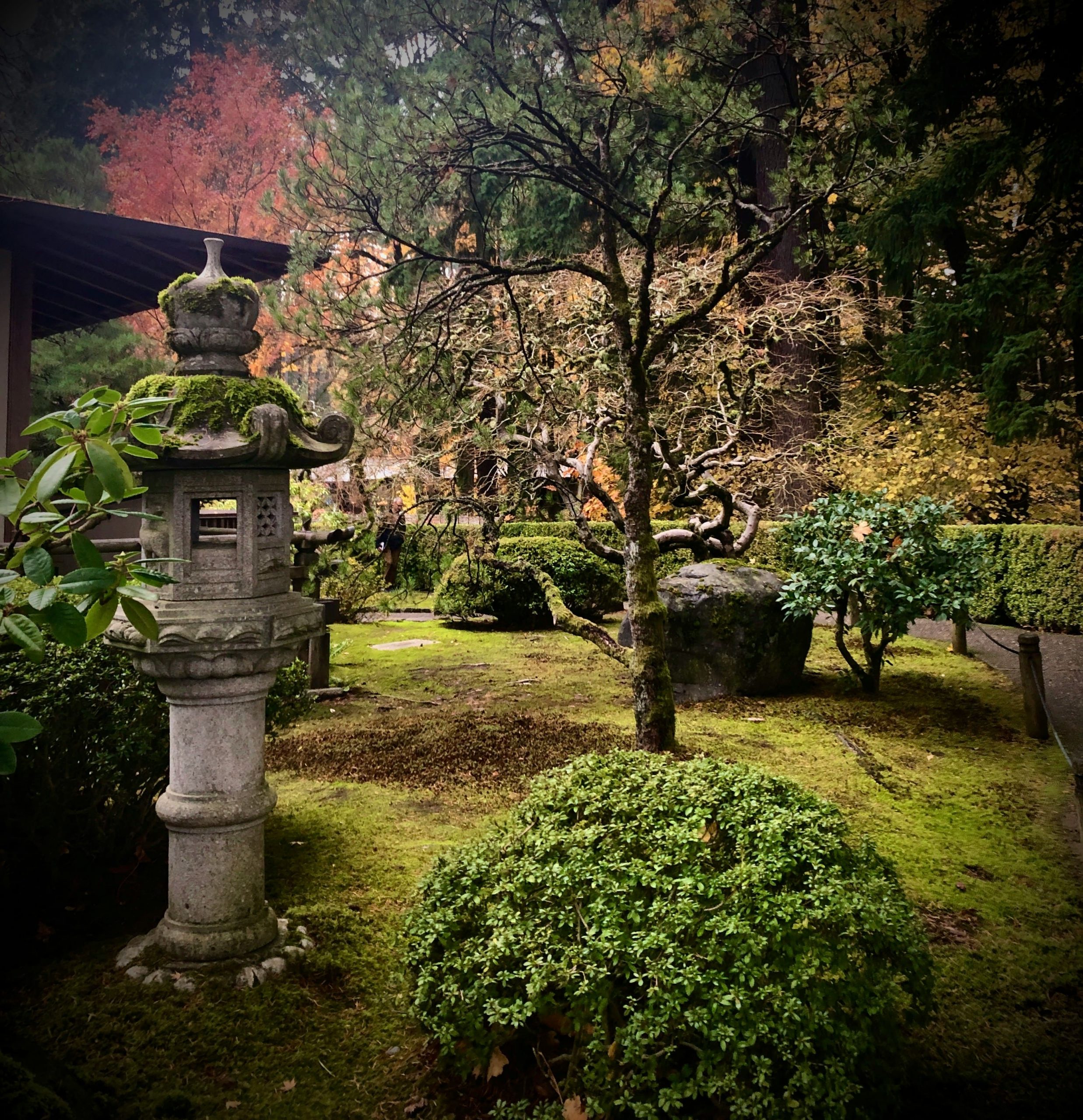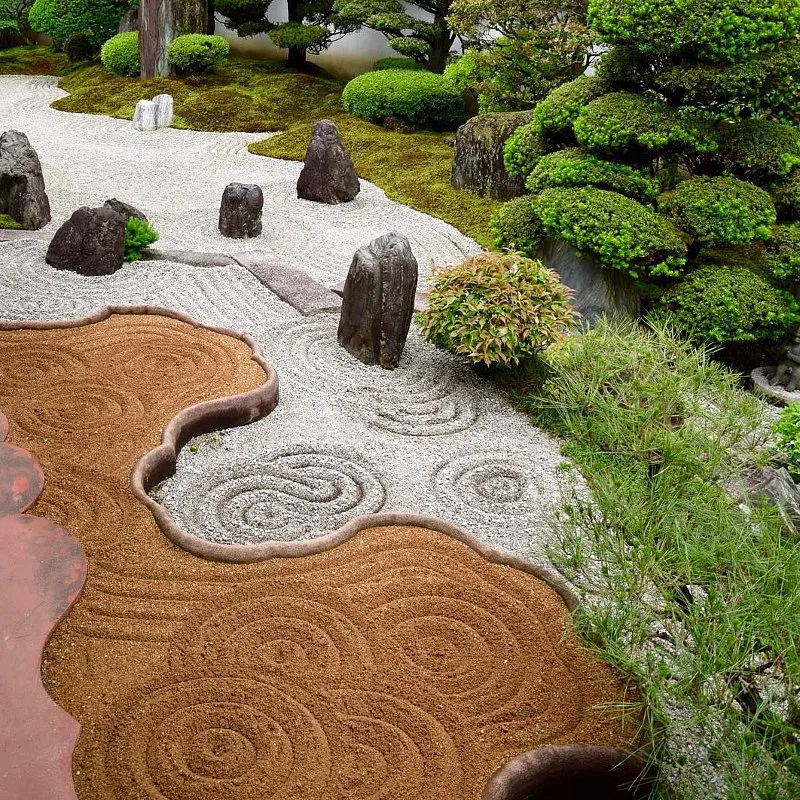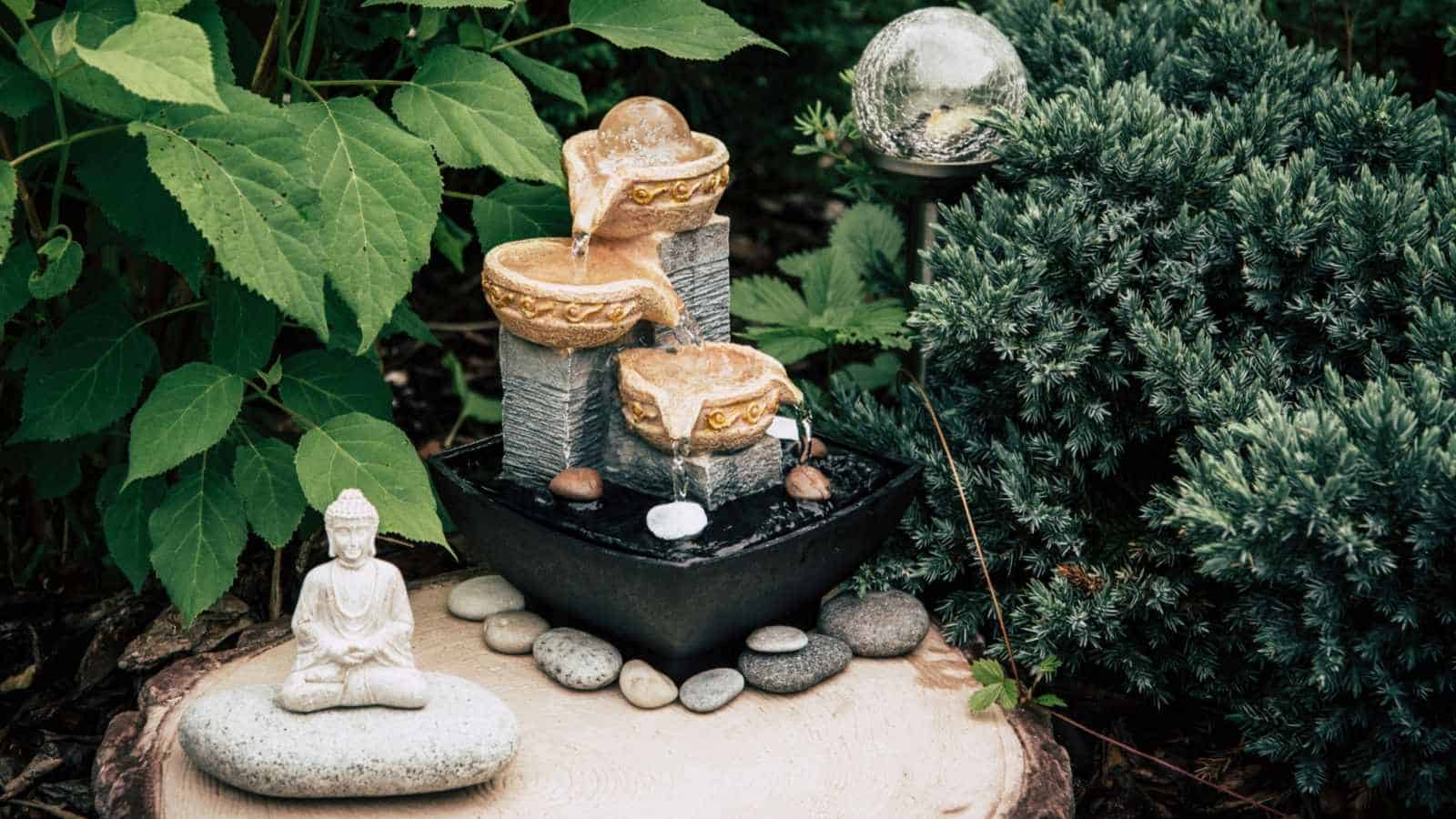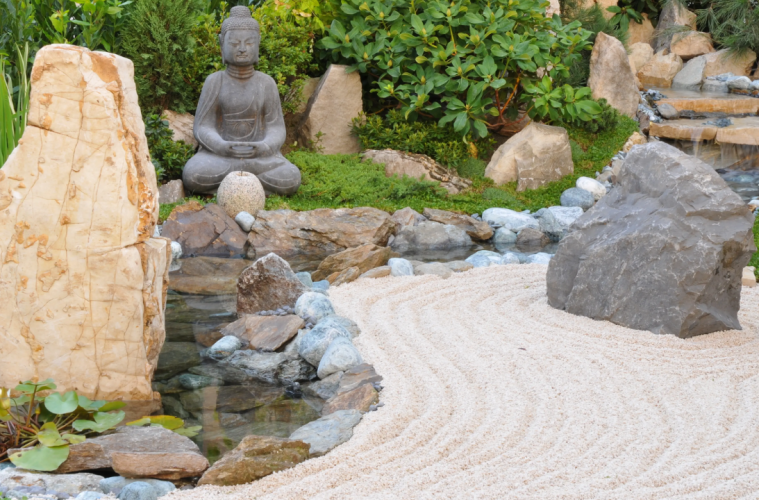In the hustle and bustle of everyday life, finding a tranquil retreat within the comfort of your own home is a priceless luxury. Enter the world of Zen gardens, where simplicity meets serenity, creating a harmonious space that soothes the mind and rejuvenates the soul.
What is a Zen Garden?
Originating from the traditional Japanese rock gardens, Zen gardens are minimalist outdoor spaces designed to evoke a sense of calm and contemplation. The essence of a Zen garden lies in its simplicity, incorporating elements such as rocks, gravel, sand, and carefully placed greenery to create a peaceful oasis within your backyard.
The simplicity and minimalist design encourage a sense of calm and focus, allowing you to disconnect from the outside world and find inner peace.
Zen gardens have a long history and are deeply rooted in Japanese culture and spirituality. They’re structured around seven guiding principles: Austerity (Koko), simplicity (Kanso), naturalness (Shinzen), asymmetry (Fukinsei), mystery or subtlety (Yugen), magical or unconventional (Datsuzoku), and stillness (Seijaku).
Tips for Creating Your Zen Garden:
1. Choose a tranquil location
Select a quiet and secluded spot in your backyard for your Zen garden. This will be your personal sanctuary, so opt for an area where you can escape from the noise of daily life and connect with nature.
2. Define the space
Outline the boundaries of your Zen garden using natural elements like stones or wooden borders. This helps create a sense of order and separation from the rest of your garden, reinforcing the idea of a designated tranquil space.

Unsplash
3. Embrace simplicity
The key to a Zen garden is simplicity. Keep plant selections minimal and focus on shapes, textures, and shades of green. Consider using hardy, low-maintenance plants like succulents, bamboo, or ornamental grasses to maintain the garden’s clean and uncluttered appearance.
4. Incorporate gravel or sand
Use gravel or sand to cover the ground in your Zen garden. Rake it into patterns to represent ripples in water or waves in the sea. This not only adds a visually appealing aspect but also encourages mindfulness as you create and appreciate the patterns.

Image: Credit: Houszed
ALSO READ: HOW TO MAKE YOUR HOME FEEL MORE ZEN
5. Strategic rock placement
Rocks play a crucial role in Zen gardens, symbolising mountains or islands in a sea of sand or gravel. Place them strategically, using odd numbers, and consider varying sizes to create visual interest. This process is not just about aesthetics; it’s about achieving balance and harmony in the design.
6. Create a focal point
Introduce a central element that captures attention, such as a carefully placed Buddha statue, a small water feature, or a unique rock formation. This focal point anchors the garden and provides a point of focus for meditation and contemplation.

Image: Credit: Planet Natural
7. Keep it maintained
Regular maintenance is essential to preserve the calming aura of your Zen garden. Rake the gravel or sand to maintain patterns, trim plants, and remove any debris. A well-kept Zen garden reflects the discipline and dedication to finding peace in your own space.
8. Add personal touches
While adhering to simplicity, feel free to add personal touches that resonate with you. Consider incorporating stepping stones, lanterns, or small ornaments that bring a sense of individuality to your Zen retreat.
ALSO SEE:
Feature image: Unsplash


